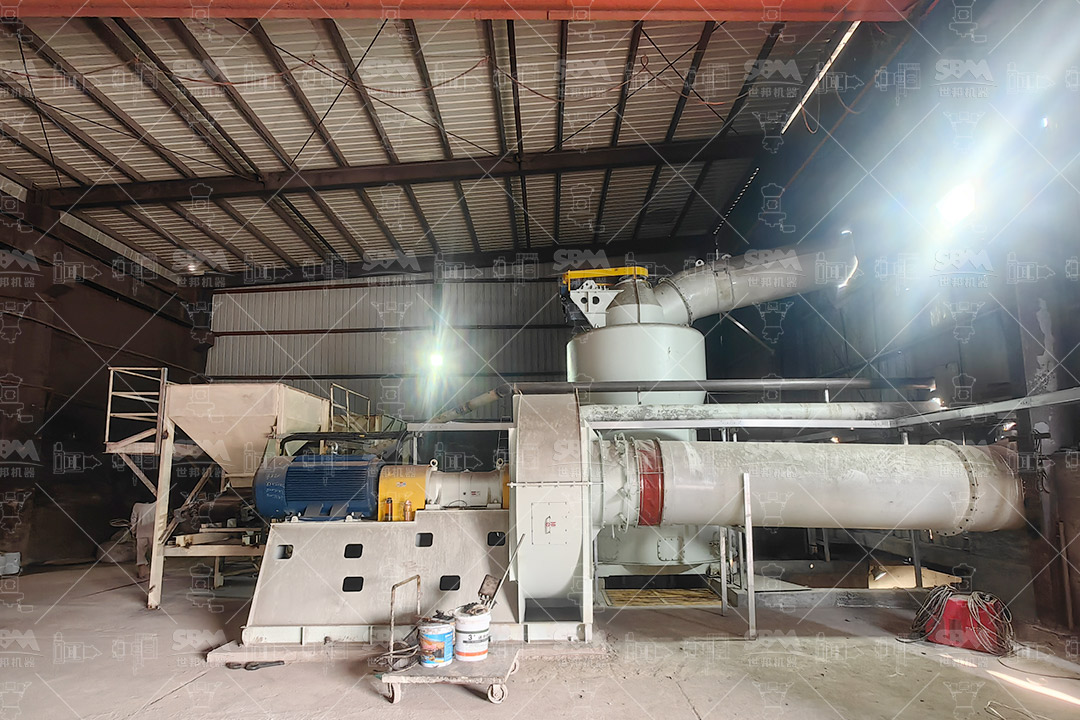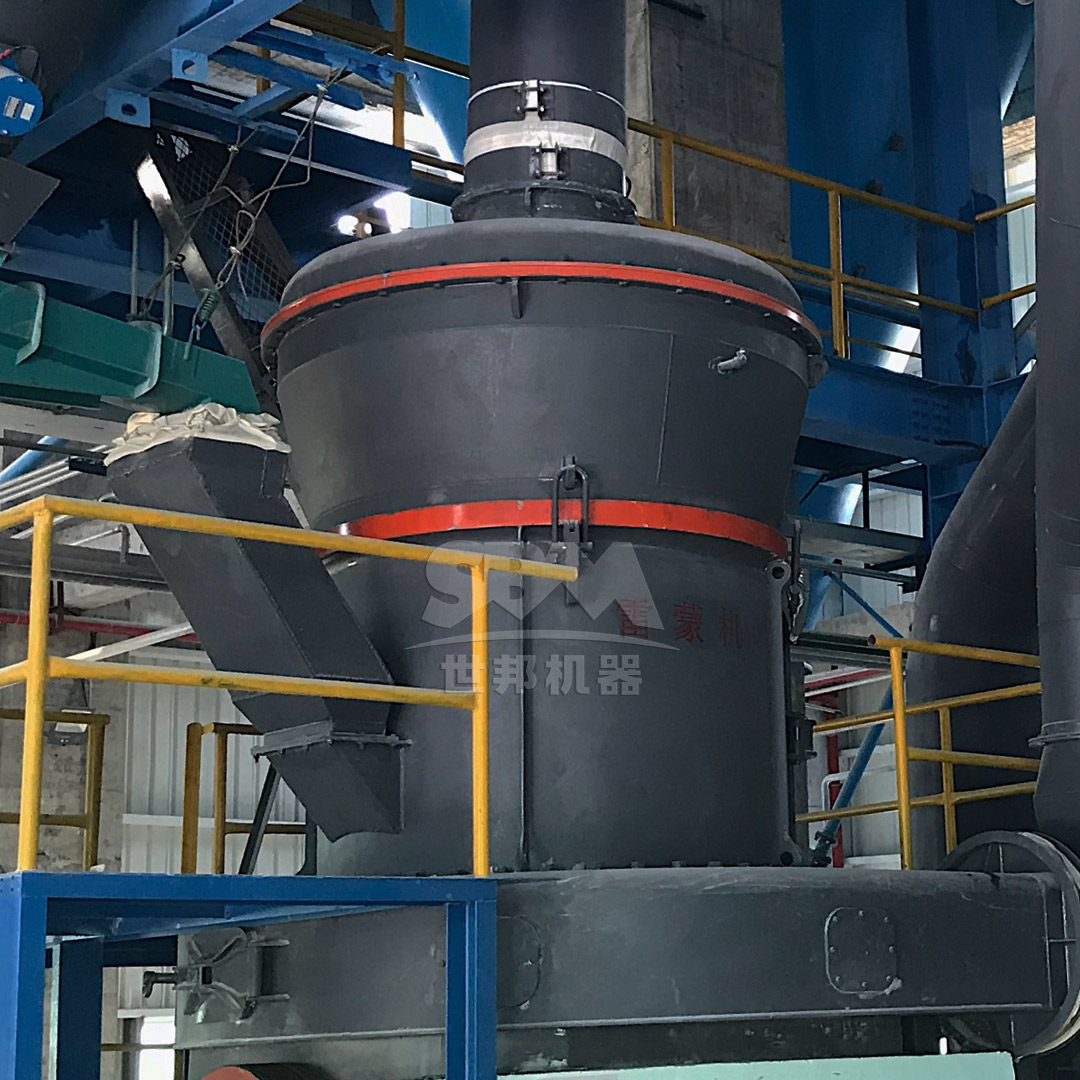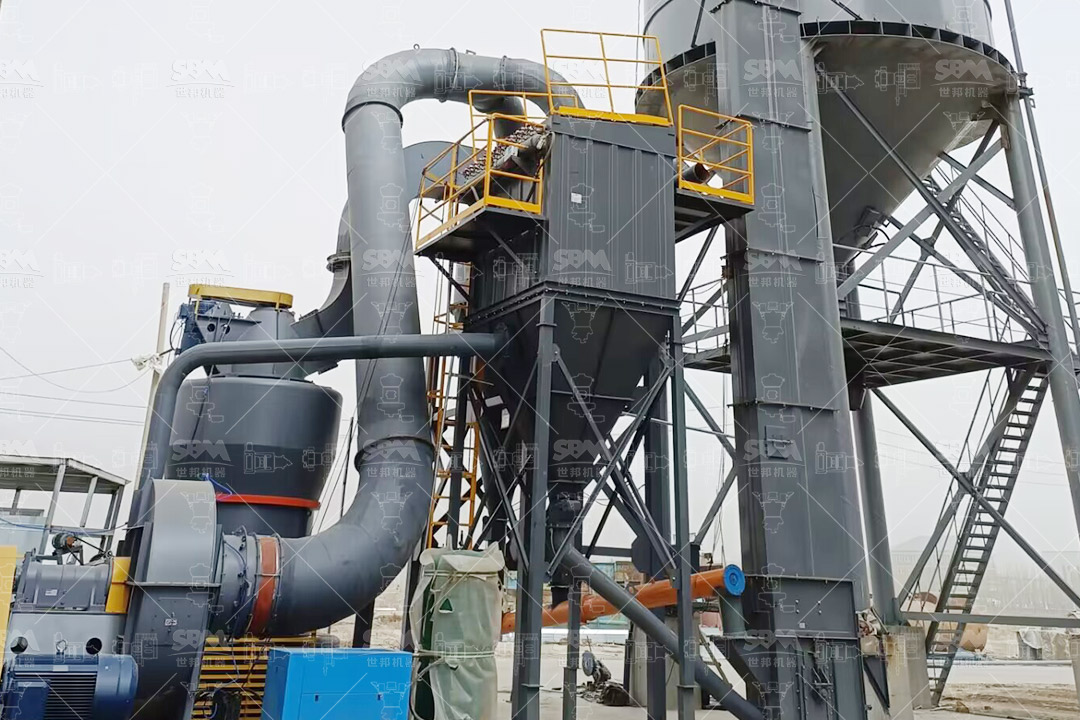The selection of appropriate grinding equipment is crucial for producing high-performance talc fillers used in industries such as plastics, paints, ceramics, and cosmetics. Talc, a hydrated magnesium silicate mineral, requires precise particle size distribution and surface characteristics to function effectively as an industrial filler. This comprehensive guide explores the key factors to consider when choosing a superfine grinding mill for talc processing, with specific recommendations for optimal equipment selection.

The primary consideration when selecting a talc grinding mill is the required particle size distribution. Industrial fillers typically demand specific fineness levels to achieve desired properties in end products. For high-performance applications, particle sizes ranging from 45μm down to 5μm (325-2500 mesh) are often required. The grinding equipment must consistently produce these fine particles while maintaining narrow size distribution.
Matching the mill’s capacity to your production requirements is essential for operational efficiency. Consider both current needs and future expansion plans when selecting equipment. Production capacities for talc grinding mills typically range from 0.5 tons per hour for smaller operations to 25 tons per hour for large-scale industrial applications.
Grinding operations account for a significant portion of energy consumption in mineral processing. Modern superfine grinding mills should offer advanced energy-saving features, with some models achieving up to 30% reduction in energy consumption compared to conventional equipment.
Maintaining product purity is critical for talc fillers, as contamination can adversely affect performance in sensitive applications. The grinding mill should be constructed with appropriate materials and designed to minimize iron contamination and other impurities.

Different grinding mills have varying limitations on feed material size. For talc processing, input sizes typically range from ≤20mm for ultra-fine grinding applications to ≤50mm for coarser grinding systems. Proper pre-crushing may be necessary to meet these requirements.
The ability to precisely control output fineness is essential for producing consistent talc fillers. Advanced grinding systems incorporate sophisticated classification technology to ensure uniform particle size distribution and eliminate coarse particle contamination.
| Application | Required Fineness | Recommended Mill Type |
|---|---|---|
| Plastics Reinforcement | D97 ≤ 10μm | SCM Ultrafine Mill |
| Paint & Coatings | D97 ≤ 15μm | MTW Trapezium Mill |
| Cosmetics | D97 ≤ 5μm | LUM Ultrafine Vertical Mill |
| Paper Filling | D97 ≤ 20μm | LM Vertical Roller Mill |
For applications requiring the finest talc particles, the SCM Series Ultrafine Mill represents an excellent choice. This advanced grinding system offers exceptional performance characteristics specifically suited for high-value talc fillers.
The SCM Ultrafine Mill processes materials with input sizes up to 20mm and delivers output fineness ranging from 325 to 2500 mesh (D97 ≤ 5μm). With capacity options from 0.5 to 25 tons per hour across different models, this equipment can be precisely matched to production requirements.
Key technical advantages include:
The working principle involves a main motor driving three-layer grinding rings in rotation. Material is dispersed into the grinding path by centrifugal force, undergoes roller compression crushing, and is progressively ground through multiple layers. Final powder collection is achieved through a cyclone collector and pulse dust removal system.
| Model | Capacity (ton/h) | Main Motor Power | Input Size | Output Fineness |
|---|---|---|---|---|
| SCM800 | 0.5-4.5 | 75 kW | 0-20mm | 325-2500 mesh |
| SCM900 | 0.8-6.5 | 90 kW | 0-20mm | 325-2500 mesh |
| SCM1000 | 1.0-8.5 | 132 kW | 0-20mm | 325-2500 mesh |
| SCM1250 | 2.5-14 | 185 kW | 0-20mm | 325-2500 mesh |
| SCM1680 | 5.0-25 | 315 kW | 0-20mm | 325-2500 mesh |
For applications requiring slightly coarser talc fillers or higher production capacities, the MTW Series Trapezium Mill offers an optimal solution. This European-style grinding mill processes materials with input sizes up to 50mm and delivers output fineness from 30 to 325 mesh (down to 0.038mm).
With capacity options ranging from 3 to 45 tons per hour, the MTW series is ideal for medium to large-scale talc processing operations. Its technical advantages include:
<\/ul>
The working principle involves the main motor driving grinding rollers to revolve around the central axis while rotating themselves to generate centrifugal force. Shovels throw material between the grinding ring and rollers to form a material layer, achieving efficient crushing through compression. The classification system precisely controls final product fineness.

Different grinding mill designs have varying maintenance needs. Equipment with easily replaceable wear parts and accessible maintenance points can significantly reduce downtime and operating costs. The SCM series, for example, features special material roller and grinding ring components that extend service life multiple times compared to conventional designs.
Modern talc processing facilities must meet stringent environmental regulations regarding dust emissions and noise levels. Advanced grinding mills incorporate pulse dust collection systems with efficiency exceeding international standards and noise reduction technologies that maintain operational noise below 75dB.
The level of automation available in grinding equipment affects both operational consistency and labor requirements. Modern mills feature intelligent control systems that automatically monitor and adjust operational parameters to maintain consistent product quality with minimal operator intervention.
The initial equipment cost must be evaluated against long-term operational benefits. While advanced superfine grinding mills may require higher initial investment, their superior energy efficiency, reduced maintenance requirements, and higher product quality often deliver faster return on investment through operational savings.
Comprehensive operating cost analysis should include energy consumption, wear part replacement, maintenance labor, and potential production losses due to downtime. Equipment with 30-50% lower energy consumption and extended wear part life can significantly reduce overall operating costs.
The ability to produce consistently high-quality talc fillers with precise particle size distribution can command premium pricing in the market. The superior product characteristics achieved with advanced grinding technology often justify the equipment investment through enhanced product value.
Selecting the appropriate talc superfine grinding mill requires careful consideration of multiple technical, operational, and economic factors. For high-performance industrial fillers, equipment capable of producing consistent ultra-fine particles with narrow size distribution is essential. The SCM Series Ultrafine Mill stands out for applications requiring the finest talc particles (D97 ≤ 5μm), while the MTW Series Trapezium Mill offers an excellent solution for slightly coarser requirements or higher production capacities.
By matching equipment capabilities to specific application requirements and considering total cost of ownership rather than just initial investment, talc processors can optimize their operations for maximum profitability and product quality. The advanced features of modern grinding mills, including energy efficiency, precision classification, and environmental compliance, make them valuable investments for competitive talc processing operations.